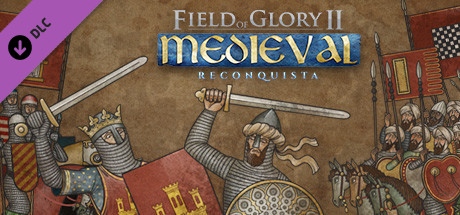(Re?)conquer the Iberian peninsula
Type: Singleplayer, Multiplayer
Genre: Strategy
Developer: Byzantine Games
Publisher: Slitherine Ltd.
Release date: 20 May, 2021


Field of Glory 2: Medieval was released in February this year, and the first DLC has already arrived. Where the base game was focusing on the northern European kingdoms, Reconquista is about the southern parts, particularly the Iberian peninsula and modern day Italy, as well as North Africa.
20 new kingdoms, 8 new scenarios and 4 new historical campaigns is what the DLC promises, as well as a slew of new units. The most interesting of these are probably the camel riders, some of which come with a special anti-cavalry property, though they’re not the only interesting new units.
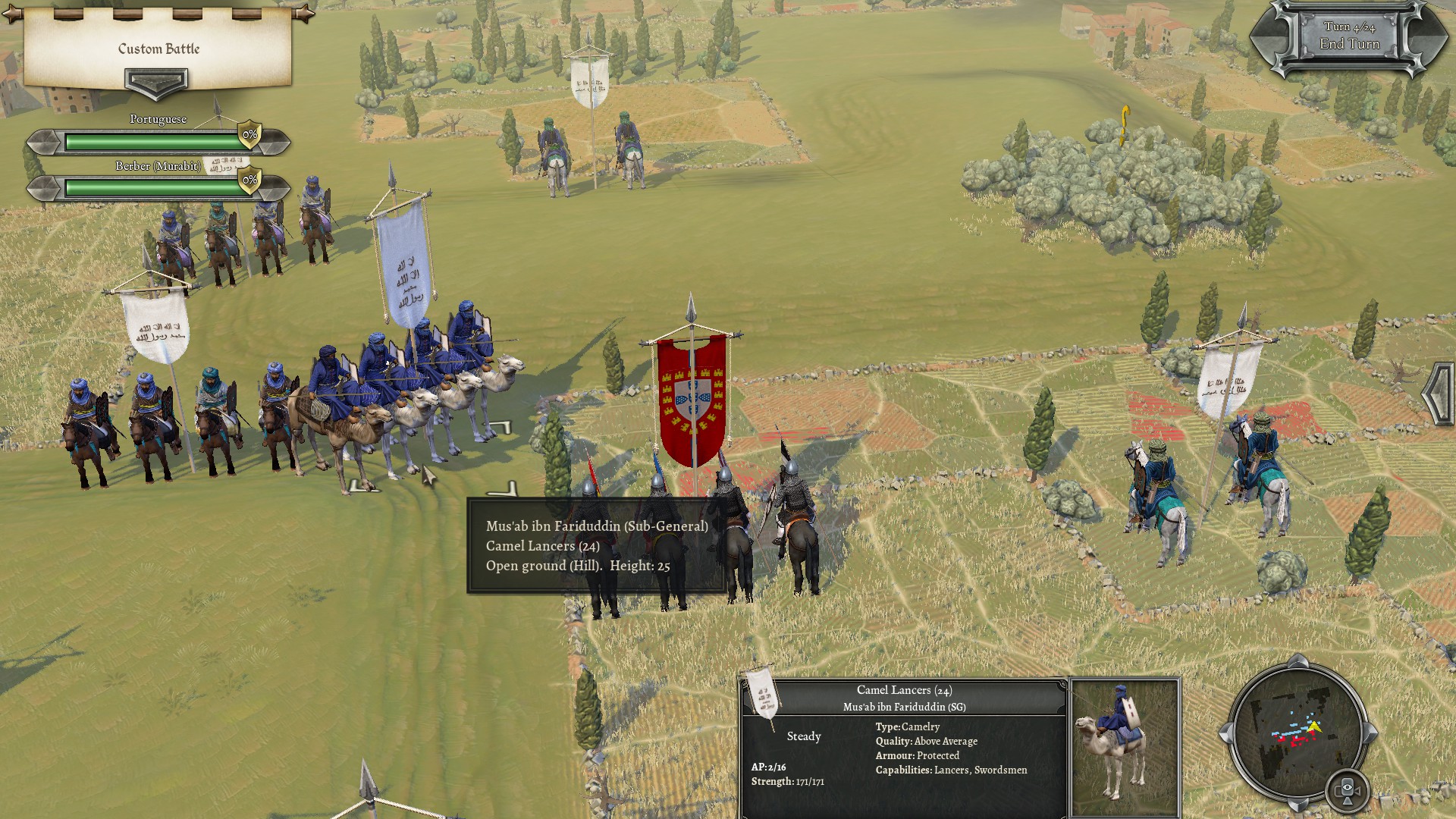
History
Reconquista is a term that means “reconquest” , and refers to the attempts by the Christian kingdoms to “retake” the Iberian peninsula from the Muslim nations that held the southern half, and restoring the Visigothic Kingdom. While one might question how much of a claim Castile, Leon, Aragon and Portugal really had to the title as heirs to the Visigoths and how important the “restoration” really was to the kingdoms back then and how much of what’s common knowledge about it are really the results of 19th century nationalistic history writing, it does make for a catchy term.
In the 8th century the Umayyad Caliphate conquered a large portion of the Iberian peninsula, and ending the Visigothic rule over modern day Spain in the process. At the time when the DLC starts the old Umayyad Caliphate is no longer a unified nation, and the Islamic nations of the Iberian peninsula was made up for many small emirates that were often in conflict with each other. This is probably what allowed the Christian nations, who at this point in time were more unified, to gain ground, though it would still take several hundred years before the Iberian peninsula was controlled exclusively by Christian kingdoms.
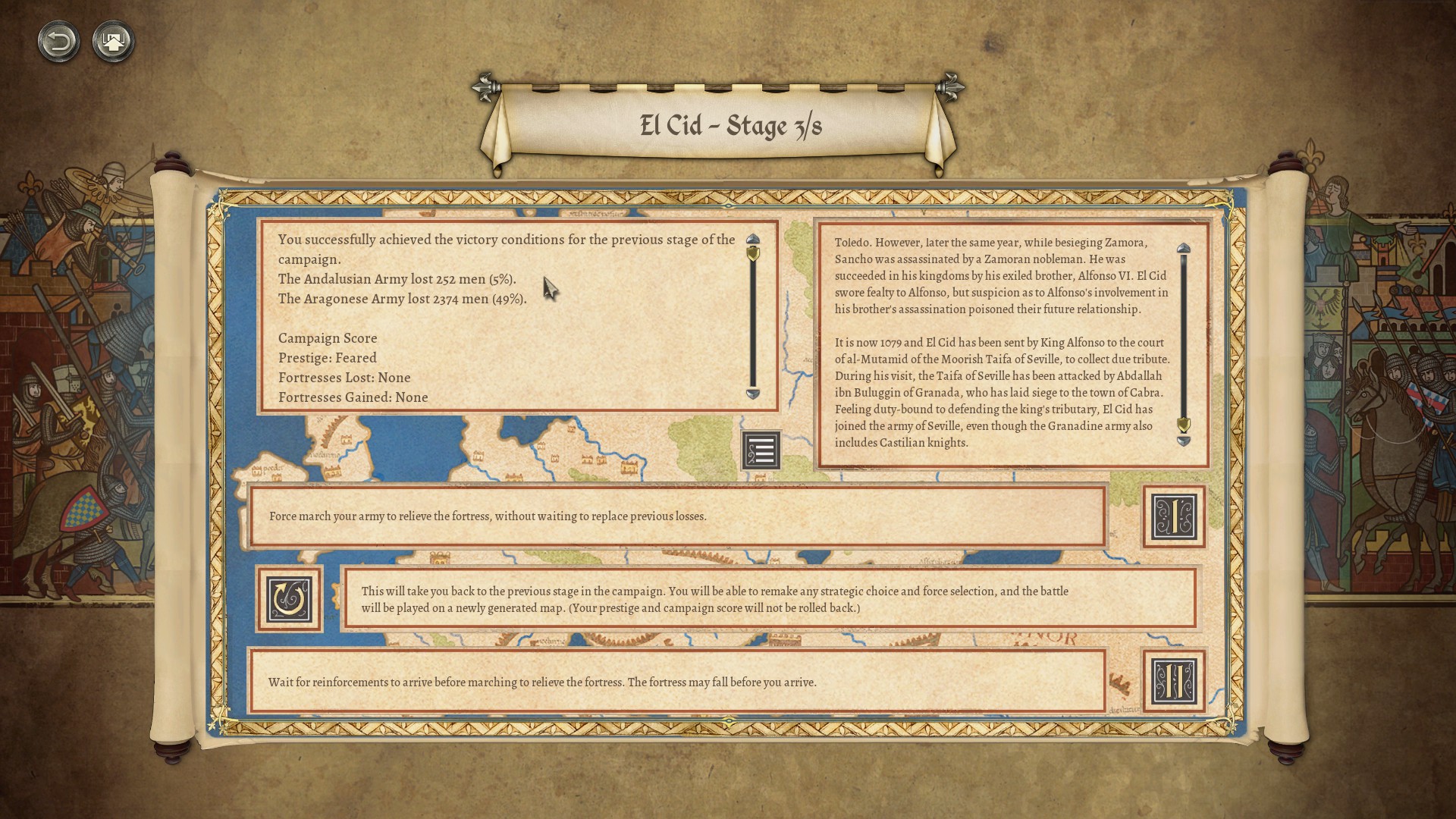
In Italy things were not necessarily better. The mostly independent Italian states were vying for power, both through military and diplomatic means, while at the same time trying to fend off the Holy Roman Empire. This was also a time of religious conflict, where the Papacy and its supporters fought against the Holy Roman Empire and those who supported it, over who had the authority over matters of religion, which left deep rooted conflicts that simmered for centuries, even after they had officially been resolved. At the same time the Normans of southern Italy were becoming a major power, conquering large swathes of territory.
What might come as a surprise to some when playing this DLC is the mix of troops in some armies. Many nations, both Christian and Muslim, have troops following both religions. This is accurate to history though, the Iberian peninsula was had both large Christian and Muslim populations, and the rulers saw no real reason to not employ anyone able to fight for them. What temple you pray in is after all far less important than how much you can help your lord win worldly power. Mercenaries were also more than willing to line their pockets with the money of whoever paid the most, no matter what deity they claimed to serve.
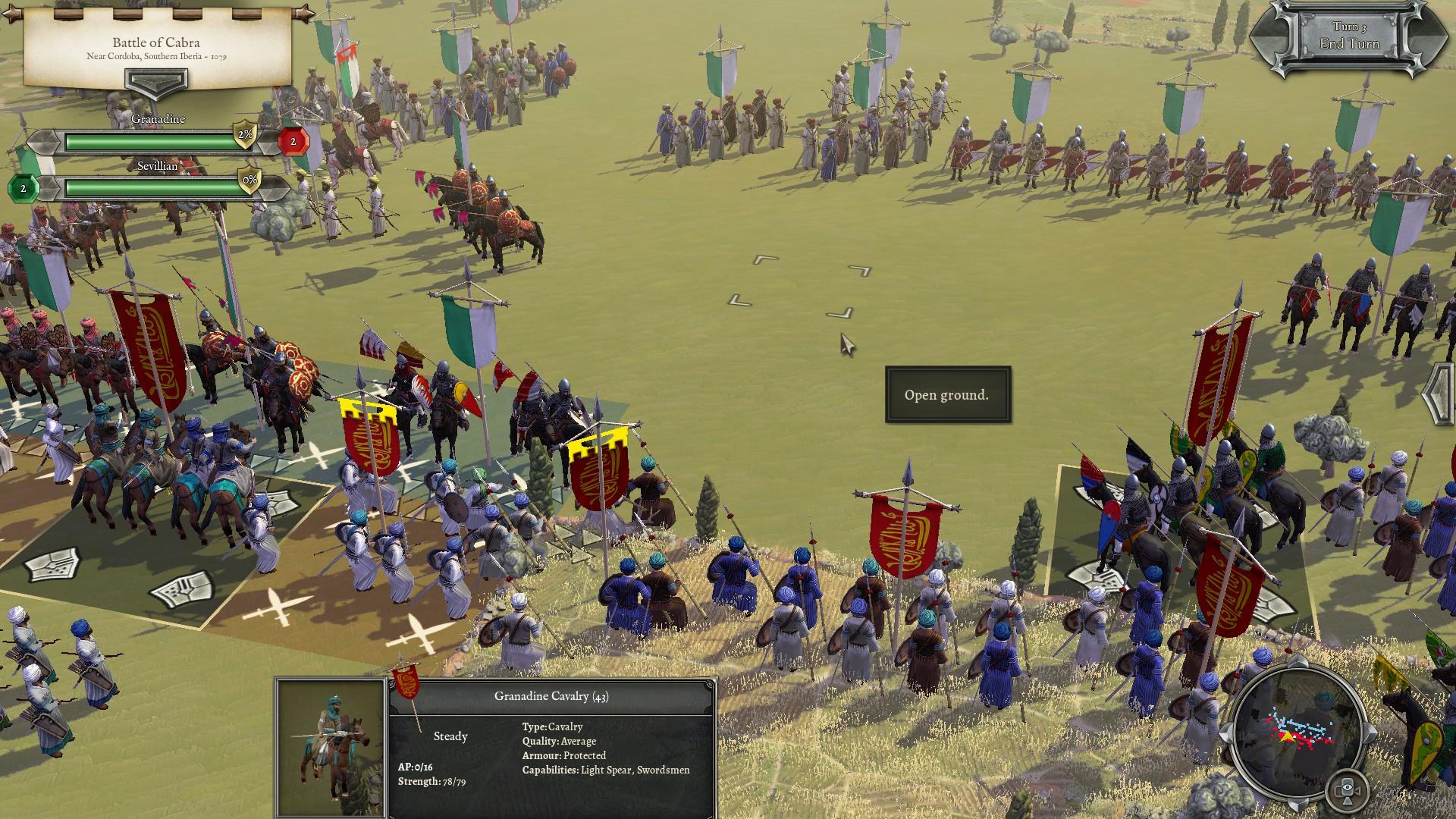
The New Nations & Units
20 new nations, several of which have variants for different years, are added to the game. This includes a good mix of Christian and Muslim nations, like the Almohads, Argonese, Lombards, the Papal state, Portuguese and also the Byzantine empire (which held parts of southern Italy), as well as a bunch more. Most of these share a good chunk of their available units with each other, particularly those from the same region, though the exact army composition varies, not just based on nation but also depending on what year you’re playing. Most of the new armies have a good mix of cavalry and infantry, without the emphasis of really heavy shock cavalry like the Teutonic knights, or heavy siege equipment, though these are still in some. The Byzantines are really an odd duck among the rest, as its roster is both huge and feels unique.
A lot of units are returning from the base game. Things like crossbowmen, defensive spearmen and such were used everywhere, and even if the equipment might have been slightly different in different regions, they’re functionally the same, and the units are for the most part meant to represent broader types rather than exact variants. But there’s new units as well. Camels are getting introduced to the game, and some camel units (namely the ones acting has heavier shock cavalry) get a bonus against anyone on horseback, to represent the fact that the smell of camels tends to unnerve horses not familiar with it. Camel units are not the only new units though, there are also the Klibanophoroi, heavily armoured cavalry with bows mixed into the ranks. Some new units are pretty much just variants on what’s in the base game though, like the Muslim Spearmen, which are pretty much identical to their Christian counterparts (after all, when you try to stab someone with a pointy stick it does not really matter what religion you follow), but they are visually distinct.
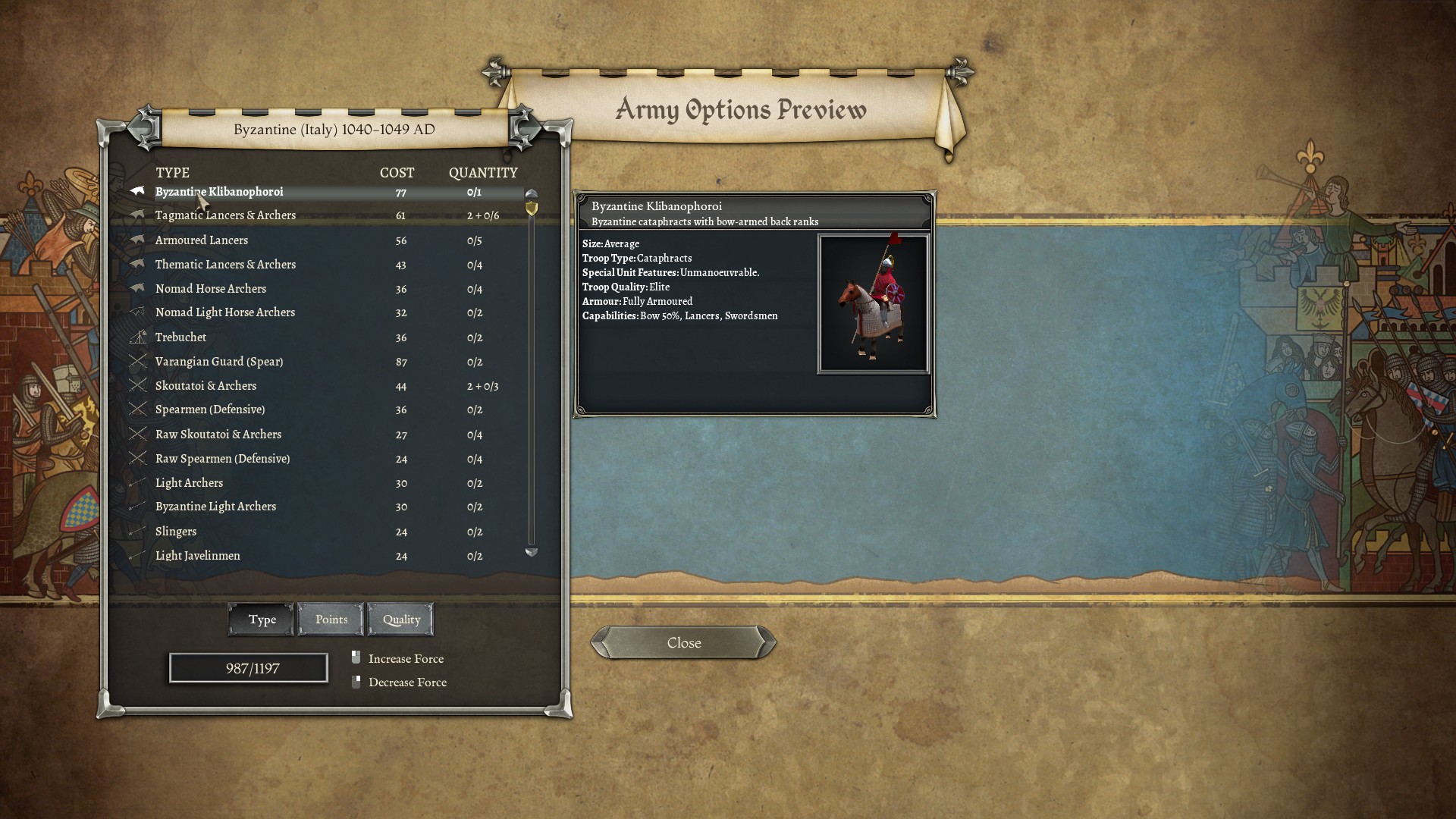
Campaigns & Scenarios
There are four new campaigns in the DLC, following famous historical people like Rodrigo Díaz de Vivar, better known as El Cid. The campaigns work just like they did in the base game, that is after each battle you’ll usually be presented with a few choices, that will influence what you’ll do next. You’re also given some historical context for what’s going on.
The eight historical battles are, like the new campaigns, more of what was already in the base game. Much like the battles in the main game these give some historical context, and also tells you who won in real life. The actual battles seem to be pretty good representations of their historical counterparts, though like with all such things there’s a fare bit of guesswork regarding the details. After all it’s pretty rare for anyone to have written down the exact unit compositions, how many were on each side and exactly how they were deployed.
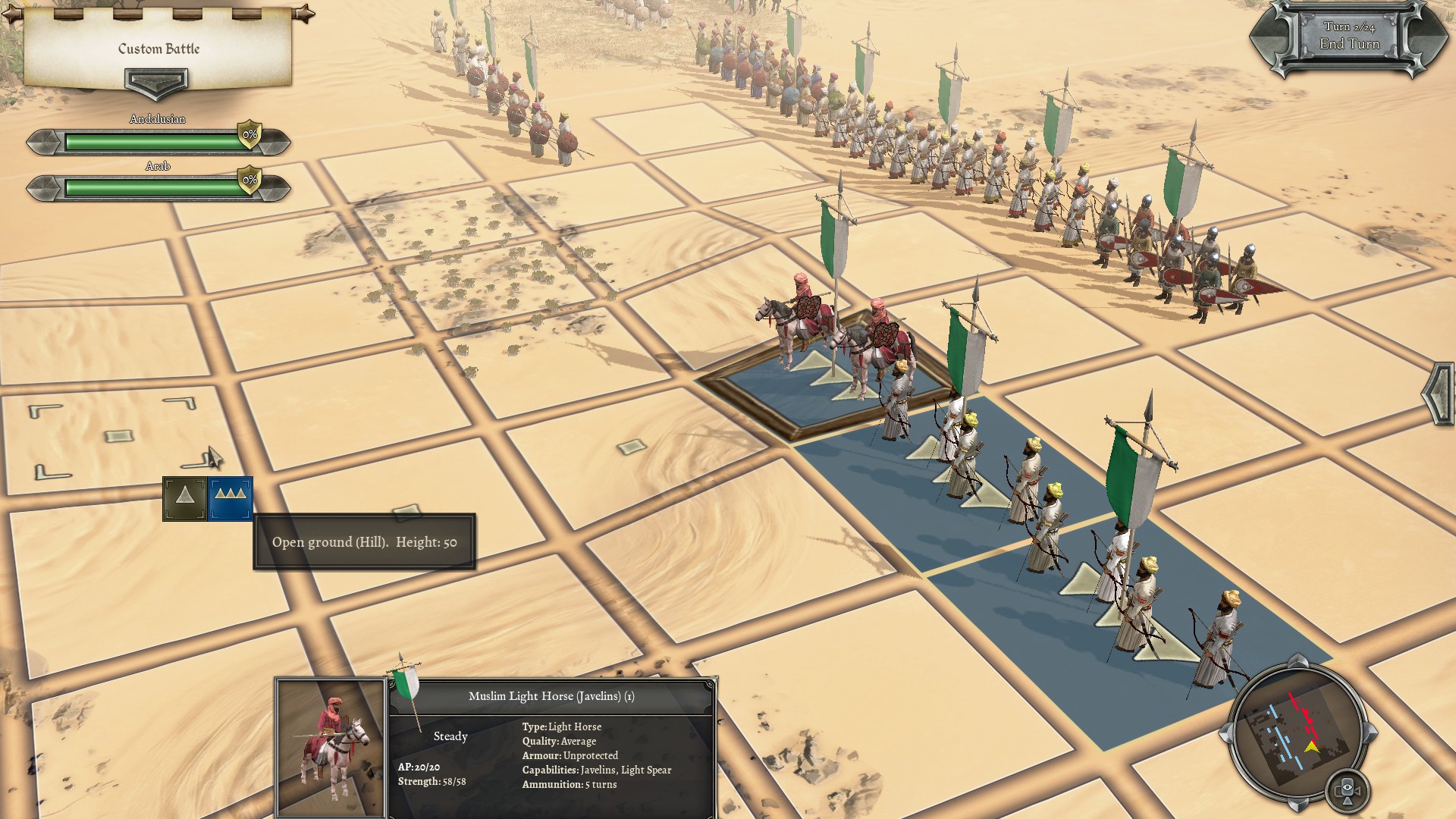
Closing Thoughts
Field of Glory II: Medieval – Reconquista (wow, that’s a mouthful) is a solid addition to FoG 2: Medieval, though not one that revolutionizes the game. The strict adherence to history does mean that there’s a limited design space here, and most armies during the high middle ages, not counting the Mongols, were ultimately somewhat similar, using similar equipment and troops. There were differences and army compositions did of course also differ depending on local conditions, but most people had realized that long sharp sticks were really effective weapons, and so that’s what was predominantly used. Still, the new armies do feel fleshed out and are interesting to play, the new historical battles are fun as are the campaigns, and the DLC does a good job at giving historical context for what’s going on.
If you liked Field of Glory II: Medieval, and want more of it, then Reconquista is well worth the asking price. It’s more of the same, but that’s not a bad thing in this case. If you were lukewarm on the base game, than this won’t change your mind, unless you find the history of the Iberian peninsula and Italy really interesting.

